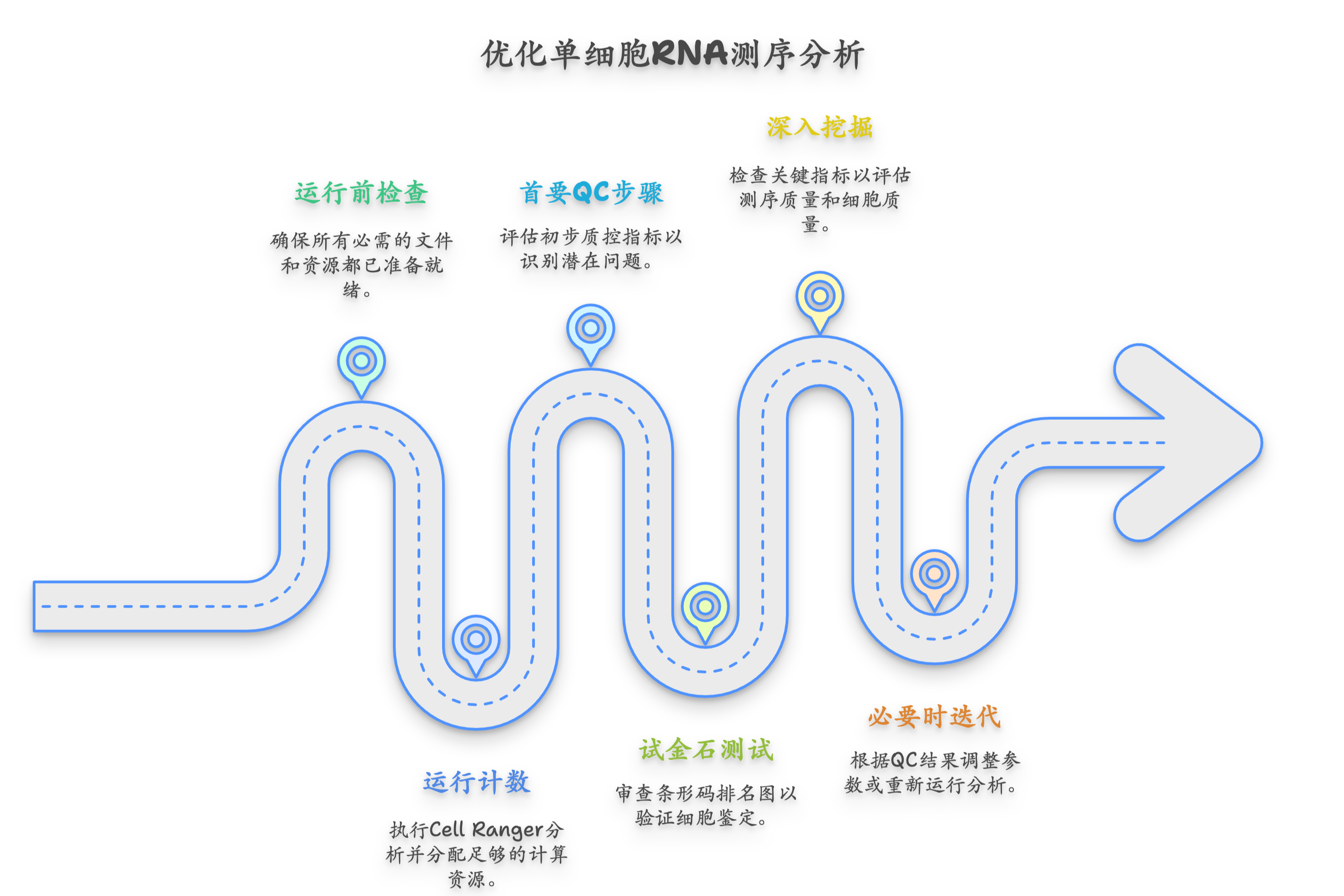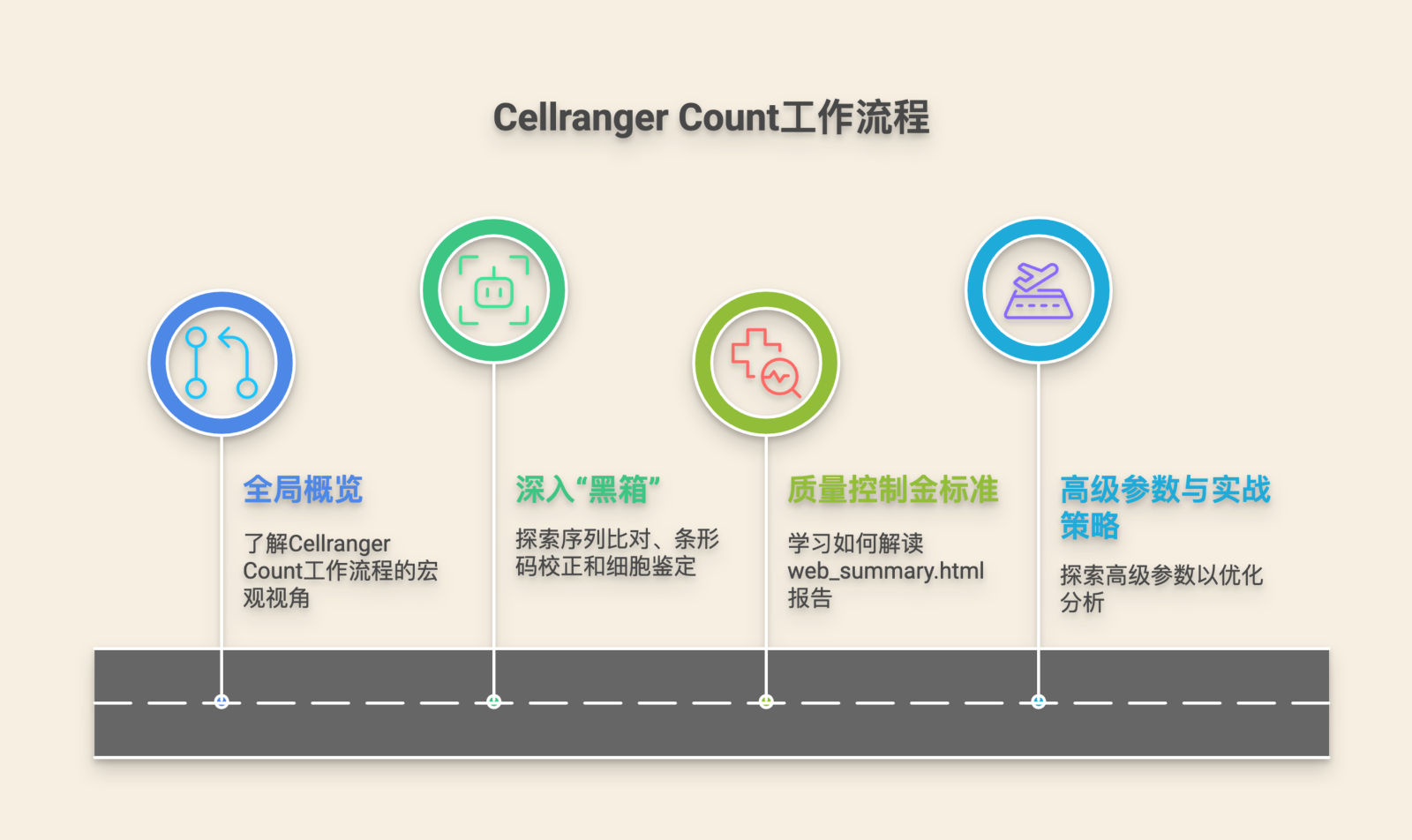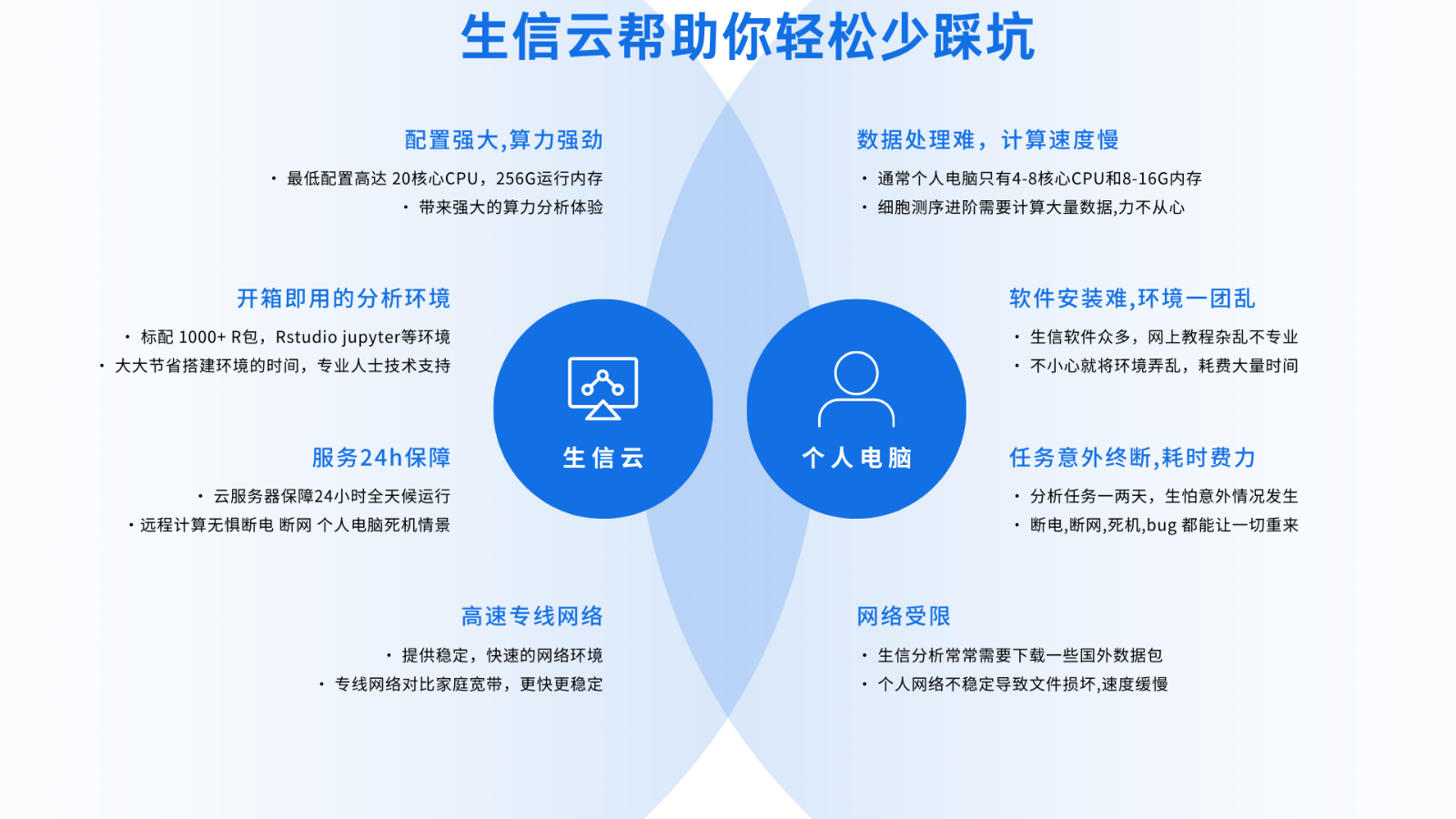
bioinformatics analysis server serves as a cornerstone for modern personalized healthcare research. The solutions are configured to manage big biological data and surface diagnostic signals. Using modern analytics, automated pipelines, and domain knowledge, they accelerate research and clinical translation.
High-Performance Servers for High-Throughput Bioinformatics
Contemporary bioinformatics workflows create exponential amounts of data that require scalable compute. Highly scalable servers provide the processing power needed for genome-scale analyses.
- Scalable systems support horizontal and vertical expansion to meet growing compute needs.
- Concurrent processing across many cores and nodes reduces runtime for genome-wide tasks.
- Use cases span genome and transcriptome analysis, proteomics workflows, and computational phenotyping.
Cloud adoption has revolutionized access to bioinformatics capabilities, making them affordable and elastic.
High-Performance Bioinformatics Clouds for Genomic Science
Growth in sequencing throughput has accelerated the need for elastic, tool-rich bioinformatics clouds. These platforms combine elastic instances, managed data lakes, and reproducible pipelines for high-throughput work.

Scalable, Distributed Computing for Thorough Bioinformatics Workflows
Modern bioinformatics workflows require substantial compute and memory to process multi-omics data. Traditionally, many analyses relied on local infrastructure which can be costly and limited in capacity.
Cloud execution supports rapid iterations of analysis, enabling exploratory and production-grade research at scale.
Cloud scaling reduces wasteful provisioning and streamlines shared access to datasets and analytic tools across teams.
Bioinformatics in the Cloud: Tailored Next-Generation Solutions
Bioinformatics growth is paired with the rise of tailored cloud services that address specialized analytic needs. These solutions provide reproducible pipelines, compliant data handling, and compute elasticity for biomedical research.
Furthermore, cloud elasticity permits instant scaling that broadens access to high-performance analytics for diverse groups.

On-Demand Compute to Streamline Genomic Workflows
On-demand servers remove infrastructure friction and let scientists focus on interpretation, not provisioning. This approach eliminates the burden of maintaining dedicated hardware and enables faster turnaround times for intensive bioinformatics tasks.
Moreover, on-demand servers often arrive pre-configured with essential bioinformatics software stacks like alignment tools and statistical pipelines, streamlining the workflow. With infrastructure prepped, researchers redirect effort to experimental questions and downstream validation.
Cloud-Based Bioinformatics Services That Empower Discovery
aaS models give labs access to curated pipelines, shared datasets, and managed compute without heavy infrastructure investment. They facilitate multi-omics integration, biomarker discovery, and rapid hypothesis testing across diverse biological domains.

- On-demand bioinformatics compute allows rapid processing of sequencing runs and cohort studies.
- Cloud services support collaborative projects with centralized data access and workflow sharing.
- Advanced models and algorithms enable efficient signal detection and hypothesis generation.
Tailored Medicine Realized via Bioinformatics Processing
Increased genomic and phenotypic data yields more precise stratification for personalized treatments. These platforms apply advanced analytics to stratify patients, prioritize therapeutics, and evaluate treatment efficacy. Real-time, interpretable results from servers accelerate clinical decision support and individualized interventions.
Computational Discovery: The Power of Bioinformatics Analysis
Computational approaches expose hidden relationships in genomes and proteomes using scalable analysis methods. High-throughput computation highlights subtle genotype–phenotype links and molecular mechanisms.

Computational infrastructure offers the tools and scale necessary to interrogate biological complexity rigorously.
High-Performance Next-Gen Infrastructure for Bioinformatics
The data-intensive nature of bioinformatics calls for infrastructures that scale while maintaining reproducibility. They combine HPC, distributed cloud, and specialized accelerators to speed up sequence alignment, assembly, and modeling.
- Using cloud resources lets teams scale compute and storage quickly to meet evolving experimental demands.
- Tools focused on variant interpretation, assembly, and pathway analysis are under active development.
This next-generation infrastructure facilitates collaborative research and accelerates discoveries in disease, drug development, and agricultural biotechnology.
An Advanced Bioinformatics Platform for Analysis and Discovery
Modular bioinformatics suites deliver end-to-end capabilities from raw reads to functional and structural interpretation. The suite supports alignment, annotation, transcript assembly, phylogenomics, and 3D structural prediction with curated resources. The platform’s web interface, tutorials, and workflow templates enable users of varying skill to run complex analyses reproducibly.
